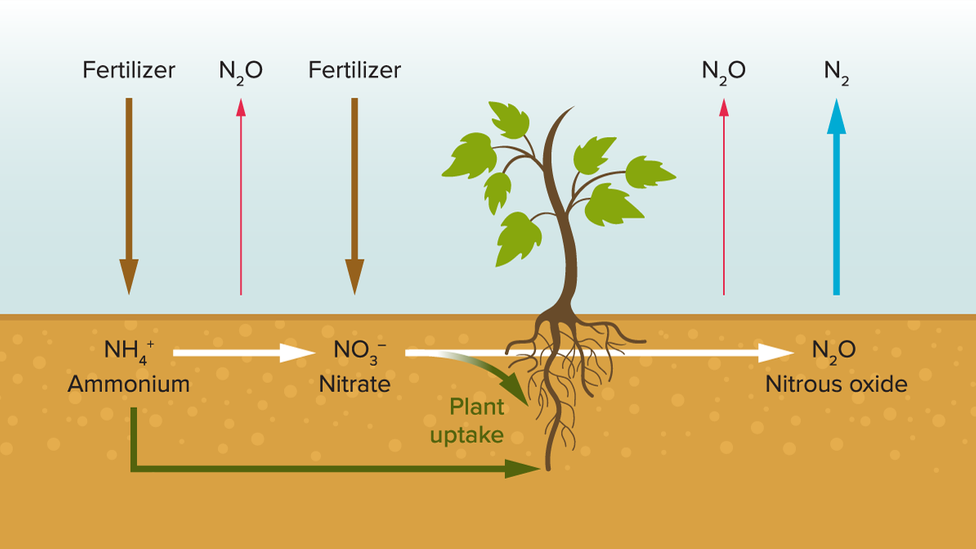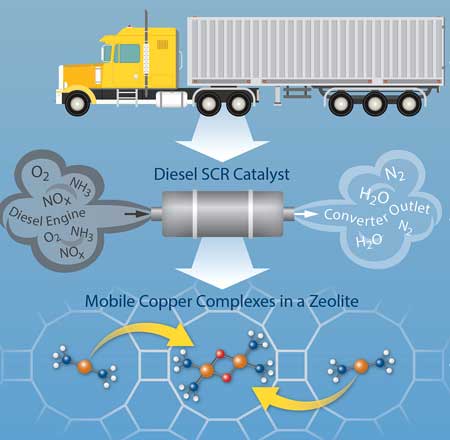Heartwarming Info About How To Reduce Nitrogen Oxide
In a catalytic converter, rhodium (rh) catalyses the reduction of no by co.
How to reduce nitrogen oxide. Selective catalytic reduction (scr) is a fully. Scr system is known to be the. Processes for nitrogen oxide removal there are several methods for controlling nox emissions.
Undoubtedly, one of the most effective ways to reduce nox is through low nox and ultra low nox burners. Combustion control combustion control may involve any of three strategies: Nitrogen that remains in the soil after crop uptake can be utilized by microbes that produce n 2 o.
Catalytic reduction technique to reduce the concentration of oxides, reduce no2 to no, and heat the effluent stream for power recovery purposes. Therefore, it’s important to achieve and maintain optimal levels of nitric oxide in your body. How to control emissions of nitrogen oxides?
The reaction conditions are set so that the n 2 o content of the gas is reduced by not more than 95%, based on the n 2 o content at the entrance of the first catalyst bed, by decomposition to. Increased n uptake as a percent of total. Low nox burners can reduce your nox emissions to 30 pm.
This paper contains experimental research of nox reduction in the combustion process with the primary methods, which were applied separately and in combined systems. Particulate matter or sulfur oxides. A lot of ship manufacturers and operators have opted to use selective catalytic reduction or scr to comply with the strict nox limitations.
2no(g) + 2co(g) → n₂ (g) + 2co₂(g) hence, internal combustion engines can reduce the amount of. The oxides of nitrogen can be absorbed by water, hydroxide and carbonate solutions, sulphuric. Cover crops are crops that are planted in the fall and cover the soil during the winter.
Gas scrubbing is one of the most common forms of nox treatment, with sodium. (a) reducing peak temperatures in the combustion zone;
















